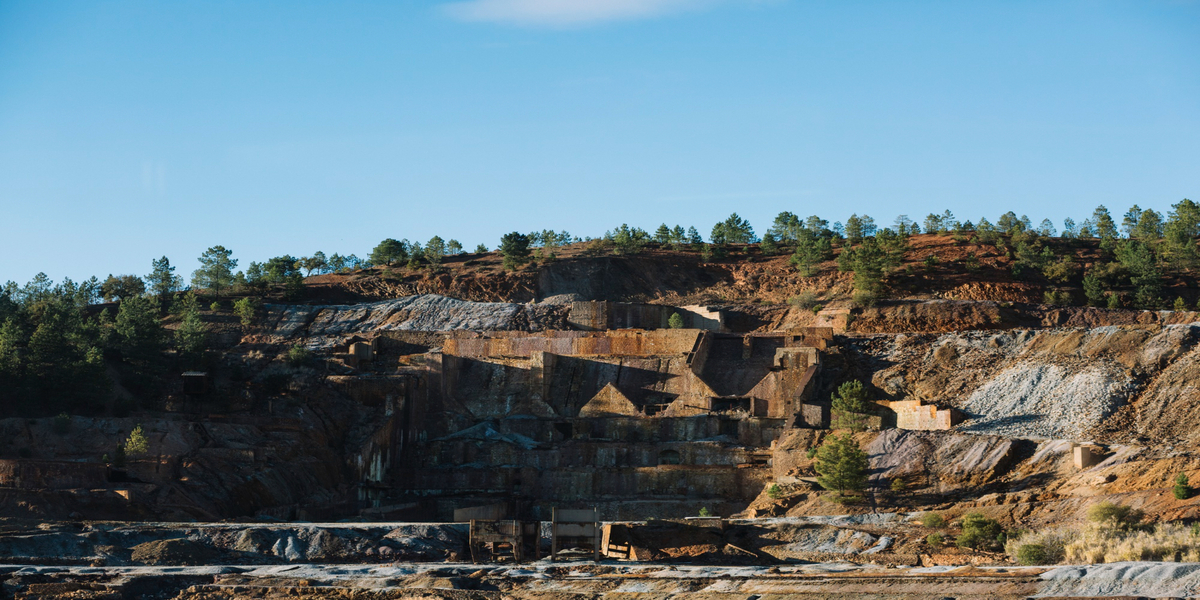Introduction
In the fight against climate change, innovative solutions are crucial. Two such materials—silica and gypsum—are proving to be powerful tools in carbon reduction and sustainability efforts. These materials, often considered industrial byproducts, have significant potential in agriculture, construction, and biofuel production. This blog explores their role in Carbon reduction and promoting environmentally friendly practices.
Can Silica & Gypsum Help Reduce Carbon Footprints? Science Says Yes!
Recent studies highlight the impact of silica and gypsum in reducing greenhouse gas emissions and enhancing sustainability. The cement industry is responsible for nearly 8% of global CO₂ emissions, making it one of the largest contributors to climate change. Incorporating silica into low-carbon concrete helps to reduce clinker content, ultimately lowering CO₂ emissions.
A 2024 study published in Springer found that silica-based cement mixtures can cut emissions by 30%, making it a promising alternative for sustainable construction. Similarly, gypsum has demonstrated significant environmental benefits in agriculture. By improving soil quality, gypsum enhances carbon sequestration, allowing healthier soils to store more carbon and thereby reducing atmospheric CO₂ levels.
The United Nations Environment Programme (UNEP) has recognized gypsum as a key material in carbon-neutral soil management, reinforcing its importance in sustainable farming.
The Role of Silica & Gypsum in Climate-Resilient Farming
Agriculture is facing increasing challenges due to climate change, including erratic rainfall, soil degradation, and declining crop yields. Silica and gypsum are helping farmers adapt by improving soil health and boosting crop resilience. Silica strengthens plant cell walls, making crops more resistant to drought, pests, and diseases. With stronger cell structures, plants can retain more water, allowing them to withstand prolonged dry spells, a feature that is becoming crucial as climate change accelerates.
Gypsum, on the other hand, plays a critical role in improving soil structure by enhancing water retention and aeration. Studies have shown that gypsum application can reduce irrigation needs by 20%, which is a significant advantage for farmers in drought-prone regions.
Additionally, a USDA 2024 report found that gypsum reduces runoff and erosion by up to 40%, making it an essential tool for preserving soil integrity and maintaining long-term agricultural productivity.
Circular Economy: How Silica & Gypsum Make Biofuel Production Greener
The concept of a circular economy is becoming increasingly important in sustainability discussions, and silica and gypsum are playing a significant role in this shift. These materials are often industrial byproducts that can be repurposed for greener applications, reducing waste and promoting efficiency.
Khaitan Bio Energy has developed its patented technology that produces 2G Ethanol from Rice Straw (which is otherwise burnt in open fields in India leading to high levels of pollution) and also produces two by-products during this process, namely Silica and Gypsum. These by-products have good industrial demand while helping in lowering carbon footprint and leading to a sustainable future.
In biofuel production, silica and gypsum help improve soil conditions, allowing for the growth of high-yield biofuel crops. These healthier crops reduce dependence on chemical fertilizers, which are not only expensive but also contribute to greenhouse gas emissions through their production and application. Integrating silica and gypsum into biofuel farming presents a sustainable approach that benefits both agriculture and the environment.
Reducing Greenhouse Gas Emissions with Silica & Gypsum Byproducts
One of the most promising aspects of silica and gypsum utilization is their potential to cut down greenhouse gas emissions significantly. Innovations in fumed silica production have demonstrated the ability to reduce CO₂ emissions by up to 50% compared to traditional methods.
Fumed silica, a key material used in various industries, can now be manufactured through more sustainable processes that lessen the environmental burden. Similarly, the use of synthetic gypsum in low-carbon cement manufacturing is proving to be an effective way to lower emissions.
Replacing traditional clinker with synthetic gypsum results in a 25% decrease in cement’s carbon footprint, making it a viable alternative for reducing the industry’s overall impact on global emissions. These advancements indicate that silica and gypsum are not just passive materials but active agents in mitigating climate change.
How Silica & Gypsum Are Driving the Future of Carbon-Neutral Farming?
Achieving carbon neutrality in farming requires a multi-faceted approach, and silica and gypsum are proving to be instrumental in this journey. Soil carbon sequestration is one of the most effective ways to remove CO₂ from the atmosphere and store it in the ground. Gypsum enhances this process by improving soil aggregation, which helps trap organic carbon and prevents its release back into the atmosphere.
Furthermore, healthy soil requires fewer nitrogen fertilizers, which are major contributors to nitrous oxide emissions—a greenhouse gas nearly 300 times more potent than CO₂. By improving soil structure and reducing the need for excessive fertilizer use, gypsum application directly helps in lowering overall greenhouse gas emissions from agriculture. As climate-conscious farming practices continue to gain traction, the integration of silica and gypsum will play a pivotal role in promoting sustainable and carbon-neutral agricultural systems.
Conclusion
Silica and gypsum are proving to be essential tools in carbon reduction and sustainable agriculture. Their applications extend across multiple industries, from construction and farming to biofuel production, making them highly versatile materials in the fight against climate change.
As industries shift toward eco-friendly materials and circular economy principles, silica and gypsum will continue to play an increasingly crucial role in environmental protection. Innovate technologies producing 2G Ethanol while also producing silica and gypsum as by-products are the future for a circular economy as they not only reduce dependency on fossil fuels but also help in carbon reduction and sustainable agriculture.
The future of sustainability lies in repurposing industrial byproducts, minimizing waste, and leveraging materials that can actively contribute to carbon sequestration and emission reductions. Investing in green technologies that incorporate silica and gypsum is a step toward a carbon-neutral future, offering both environmental and economic benefits.











